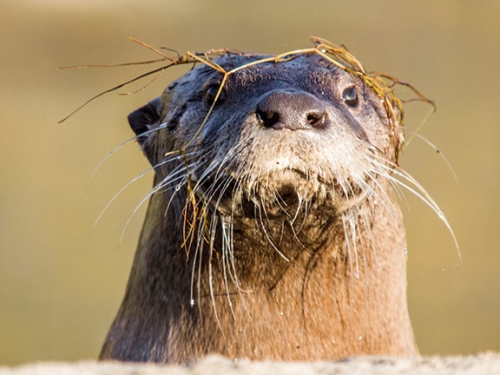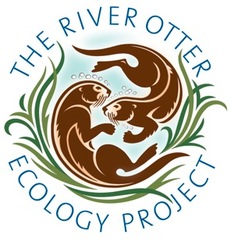
River Otters: Back on the Bay Area Map!
Guest Speaker: Robyn Aston, River Otter Ecology Project
7pm November 19th, 2015
FREE Lake Merritt Rotary Nature Center, Oakland, CA
River otters are charismatic carnivores, and make wonderful ambassadors for river and wetland restoration and conservation efforts. Once extirpated in the SF Bay Area, little is known about their current population, range, and seasonal eating habits. The River Otter Ecology Project has taken on the challenge of discovering and documenting their ecological niche, with the goal of informing land use decisions and preserving habitat for these lively aquatic mammals.
Join us as we discuss what we know, what needs to be discovered, and just how we manage to research elusive, secretive mammals who slide into the water and disappear when approached. We will show slides and videos from our “otter-cams,” and discuss the project and the role that citizen science plays in this otterly exciting work!
More about Robert “Robyn” Aston
The River Otter Ecology Project (ROEP)
Otter Specialist Group, International Union for Conservation of Nature (IUCN)
Robyn Aston, interested in otters from an early age, has a degree in Biology, and is currently a volunteer with ROEP. His duties include working in the field, maintaining a River Otter research database, and presenting to schools, universities, and special interest groups. Along with many of the world’s leading “otter-ologists,” he, and ROEP Director Megan Isadore, are members of the IUCN’s Otter Specialist Group.

The Location
Lake Merritt’s Rotary Nature Center is at 600 Bellevue Avenue in Oakland. On the Northern shore of Lake Merritt (between it’s two “arms”). Part of the City of Oakland’s Office of Parks and Recreation, the Center is an interpretive museum, providing education about the natural environment while overseeing America’s oldest wildlife refuge and Oakland open spaces. A City of Oakland, Office of Parks and Recreation entity.
We are grateful for their offer of their space. An otter appeared briefly in the Lake a couple years ago — we hope they’ll come back for longer sometime in the future!
The Nature Center is about a 20 minute walk from 19th St BART station. Closest bus line from the direction of BART is the NL or the 12. There is street parking.